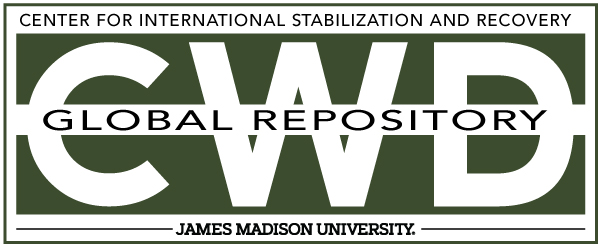Document Type
Other
Creative Commons License

This work is licensed under a Creative Commons Attribution-Noncommercial-No Derivative Works 4.0 License.
Publication Date
2020
Keywords
Risk Education, NPA, MAG, HI, Norwegian People's Aid, Mines Advisory Group, Humanity and Inclusion, UXO, International Network of Explosive Weapons, INEW, Sinjar, Iraq, Unexploded Ordnance
Abstract
The United Nations, the International Committee of the Red Cross, and the International Network on Explosive Weapons have convincingly documented that the use of explosive weapons (especially those with wide area effects) in populated areas (EWIPA) creates an unacceptably high risk of indiscriminate harm. As humanitarian mine action organizations working in urban environments, we see this harm being done in numerous conflict zones every day.
Discussion of the harm caused by EWIPA typically focuses on the immediate effects of these weapons when they explode, as well as reverberating effects leading to displacement; damage to vital services such as healthcare, water, and electricity; long-term psychological harm; and so on. But what of those weapons that, once launched, do not explode? These items, known as unexploded ordnance (UXO), are an insidious threat that can afflict civilians for generations. Any political declaration aiming to reduce the impact of EWIPA must therefore take UXO into account.
Included in
Defense and Security Studies Commons, Peace and Conflict Studies Commons, Public Policy Commons, Social Policy Commons



